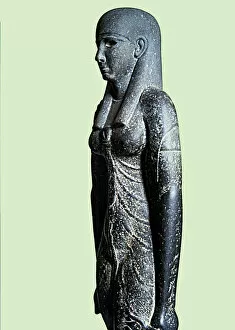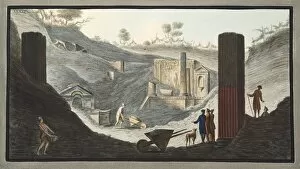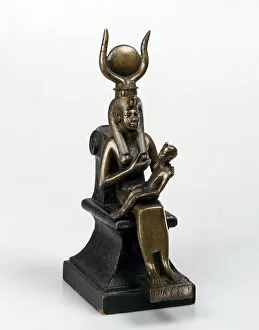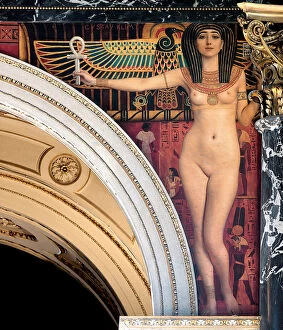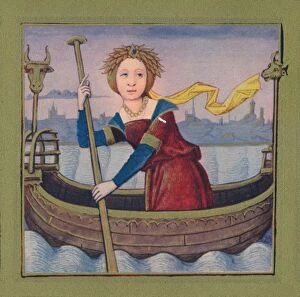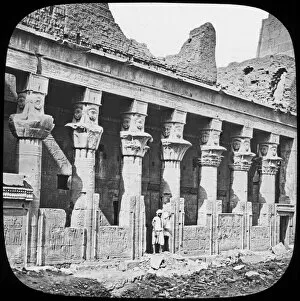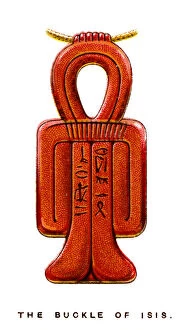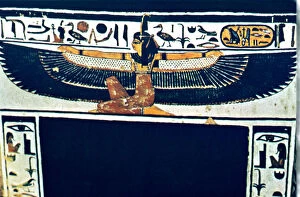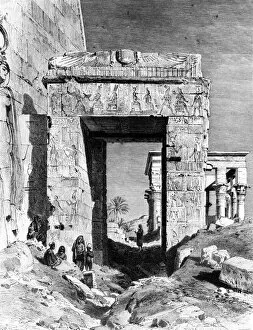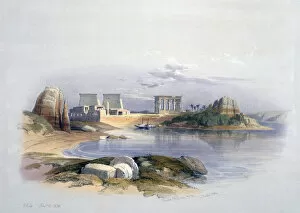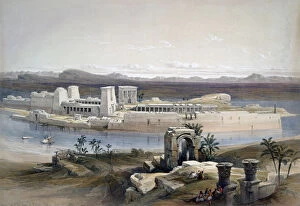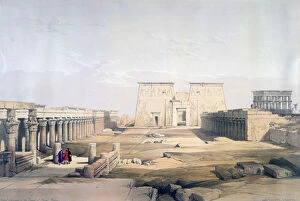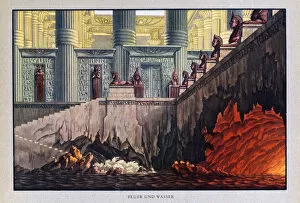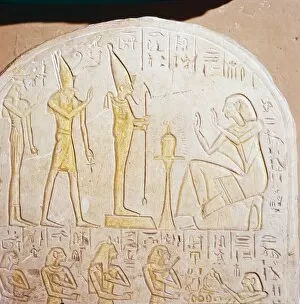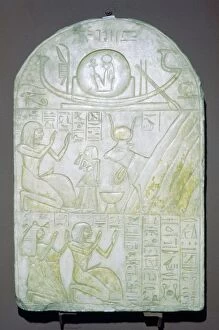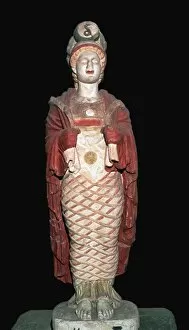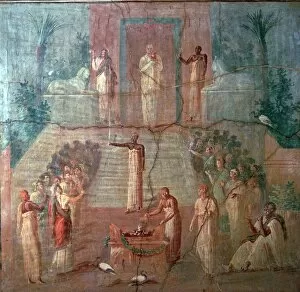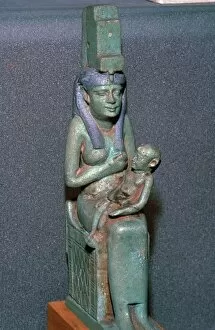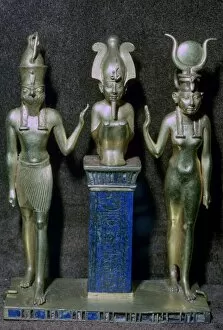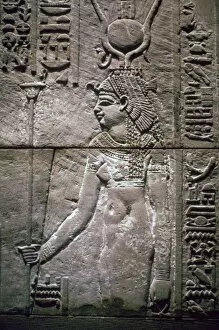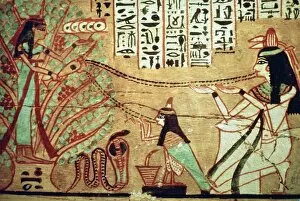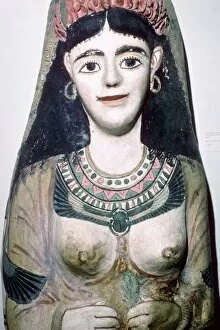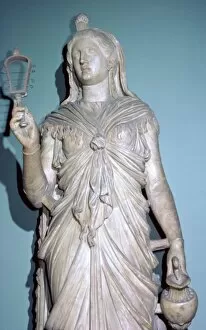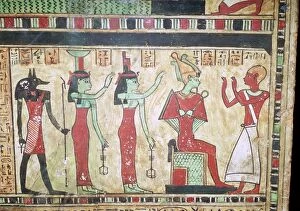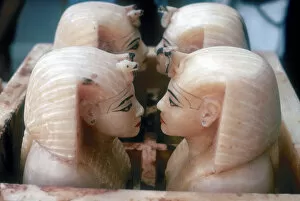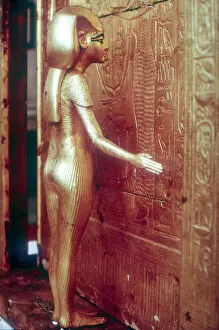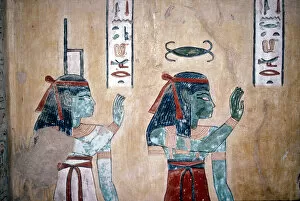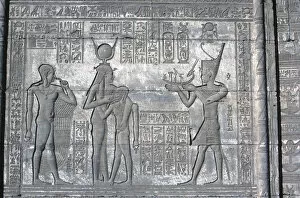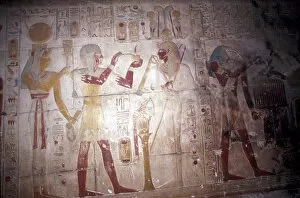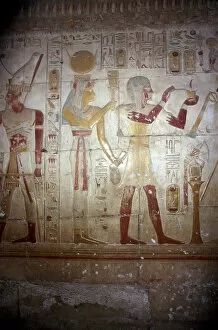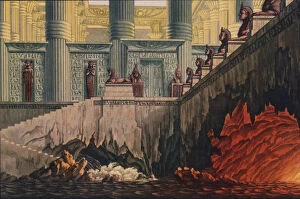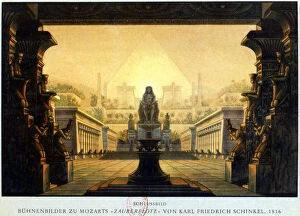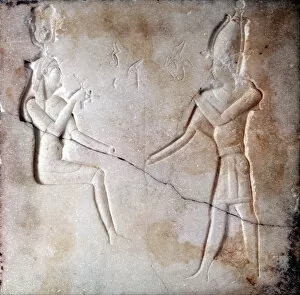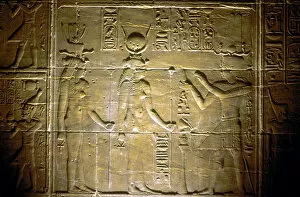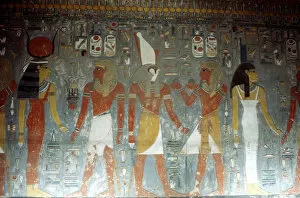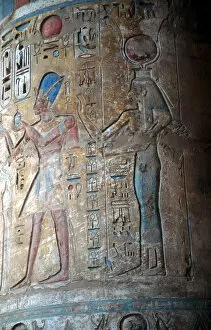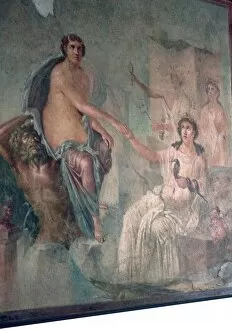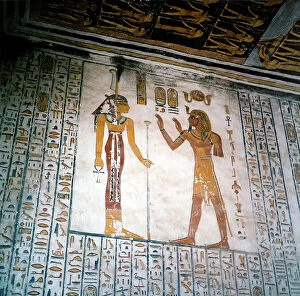Isis Collection (page 6)
"Unveiling the Ancient Mysteries: The Goddess Isis and her Legacy" Step into the world of ancient Egypt, where the goddess Isis reigns supreme
For sale as Licensed Images
Choose your image, Select your licence and Download the media
"Unveiling the Ancient Mysteries: The Goddess Isis and her Legacy" Step into the world of ancient Egypt, where the goddess Isis reigns supreme. In the hallowed Valley of the Kings, amidst golden splendor, lies a tomb that once held Pharaoh Tutankhamun. Adorning one of its double doors is a mesmerizing depiction herself, showcasing her divine power and grace. The Book of the Dead reveals secrets untold, with page 34 offering glimpses into the enchanting realm guarded by winged scarabs under Isis's watchful eye. A pectoral adorned with this sacred symbol further emphasizes her role as protector alongside Nephthys. Journey to Lake Nasser's island in Aswan and discover Philae Temple standing tall against time's relentless tide. Here, on African soil, you can immerse yourself in an oasis dedicated to Egyptian gods like Osiris and his beloved sister-wife Isis. But it is not just through grand temples or elaborate artifacts that we encounter this revered deity; she takes many forms. Picture her now with a cow's head - an embodiment of fertility and nourishment for all living beings. Osiris & Isis stand united as symbols of eternal love and resurrection amidst life's trials. Plate 2 from the Book of the Dead invites us to explore their story further - a tale woven intricately within ancient Egyptian beliefs. Delicate carvings tell stories etched in stone within Ramses III's tomb at KV11 in Valley of Kings. Among them stands a relief depicting none other than our ethereal goddess herself – Isis shines brightly even after centuries have passed. In Luxor’s Valley of Queens rests Queen Nefertari’s burial chamber adorned with frescoes capturing moments from her journey towards immortality. Preceding her every step is none other than loyal companion-protector, ISIS – guiding souls through their final voyage.



